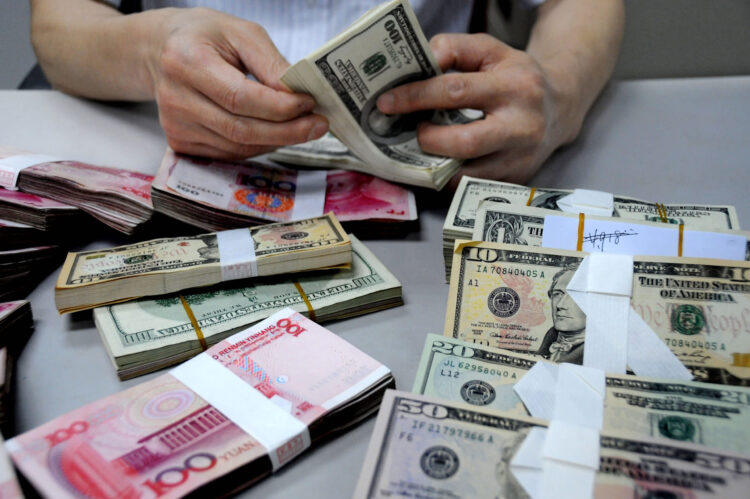The exchange rate between the Emirati Dirham (AED) and the US Dollar (USD) is an important factor for individuals and businesses involved in international trade and finance. Understanding the value of AED to USD can help in making informed decisions regarding investments, travel, and foreign exchange transactions. In this article, we will explore the current exchange rate between AED and USD, its significance, and factors that influence it.
Body:
1. Current Exchange Rate:
As of the latest data available, the exchange rate between AED and USD stands at approximately 1 AED = 0.27 USD. This means that for every Emirati Dirham, you would receive around 0.27 US Dollars. Conversely, 1 US Dollar is equivalent to approximately 3.67 Emirati Dirhams . It is important to note that exchange rates fluctuate constantly due to various economic factors such as interest rates, inflation, and geopolitical events.
2. Significance of the Exchange Rate:
The exchange rate between AED and USD holds significant importance for both the United Arab Emirates (UAE) and the United States. For the UAE, which is a major hub for international trade and tourism, a favorable exchange rate can attract more foreign visitors and boost exports. On the other hand, a weaker exchange rate can make imports more expensive and impact the purchasing power of UAE residents.
For the United States, a strong AED to USD exchange rate can benefit American businesses exporting goods and services to the UAE. It can make their products more affordable for Emirati consumers, potentially increasing demand. Conversely, a weaker exchange rate may make American imports more expensive for UAE consumers, potentially impacting bilateral trade.
3. Factors Influencing the Exchange Rate:
Several factors influence the exchange rate between AED and USD. One of the primary factors is the relative strength of the economies of the UAE and the United States. Economic indicators such as GDP growth, inflation rates, and interest rates can impact the exchange rate. For example, if the UAE’s economy experiences robust growth compared to the United States, it may lead to a stronger AED and a weaker USD.
Another factor is the monetary policies of the respective central banks. The Federal Reserve in the United States and the Central Bank of the UAE have the authority to adjust interest rates, which can affect the value of their currencies. Higher interest rates in the United States can attract foreign investors, leading to an appreciation of the USD against the AED.
Furthermore, geopolitical events and market sentiment can also influence the exchange rate. Uncertainty or instability in either country can lead to currency fluctuations as investors seek safer havens for their funds. Additionally, global economic trends and commodity prices, particularly oil prices, can impact the exchange rate due to the UAE’s reliance on oil exports.
4. Implications for Individuals and Businesses:
The exchange rate between AED and USD has implications for individuals and businesses engaged in cross-border transactions. For individuals, a favorable exchange rate can make travel to the United States more affordable, as well as facilitate online shopping from US-based retailers. Conversely, a weaker exchange rate may make imported goods and international travel more expensive.
For businesses, a favorable exchange rate can enhance competitiveness in international markets. It can lower production costs for exporters and attract foreign investment. On the other hand, a stronger AED may increase the cost of imported raw materials and impact profit margins for businesses reliant on imports.
Conclusion:
The exchange rate between AED and USD plays a crucial role in international trade, investment, and travel between the United Arab Emirates and the United States. Understanding the current exchange rate and factors influencing it can help individuals and businesses make informed decisions. Economic indicators, monetary policies, geopolitical events, and market sentiment all contribute to the fluctuations in the exchange rate. By monitoring these factors, stakeholders can navigate the opportunities and challenges presented by the AED to USD exchange rate.

